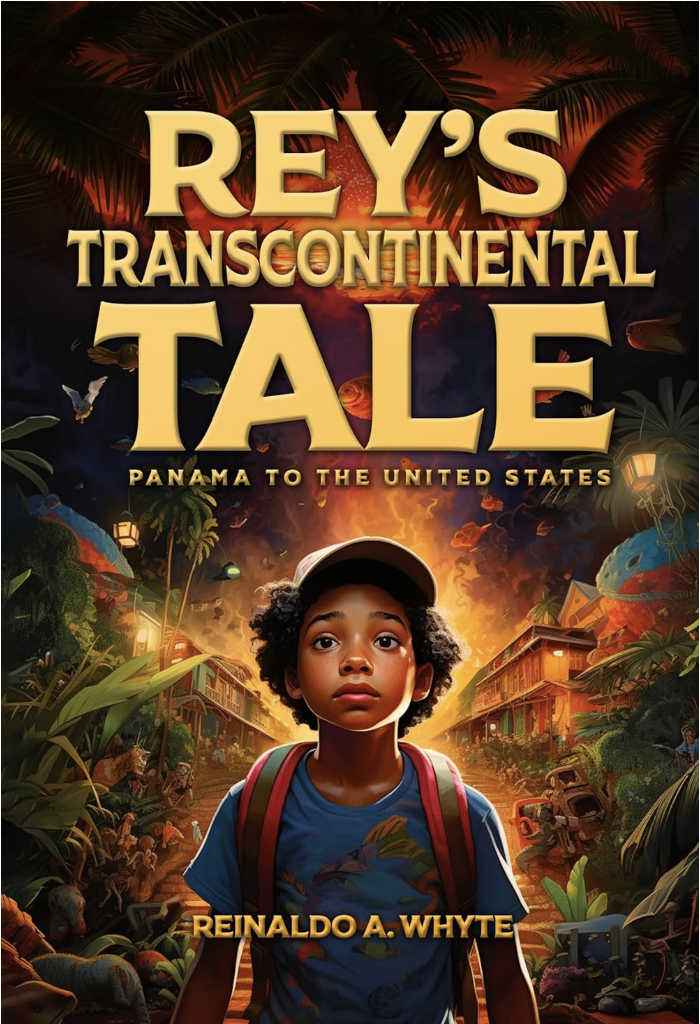Nat Turner's Rebellion: Were Enslaved Africans Able to Fight Back?
In today’s world, the phrase “fighting back” can mean many different things depending on the situation. Are we fighting back against a school bully who keeps stealing our lunch money? Are we standing up to defend a loved one, whether through words or direct confrontation? Maybe we’re waging a battle online, responding to cyberbullying, or wrestling with the question of whether to physically retaliate when someone strikes first.
Fighting back doesn’t always involve fists or weapons—it happens in our careers, too. What do you do if your boss treats you unfairly, or you discover that a new hire earns more than you, despite your years of service? The act of pushing back can take many forms, from quiet persistence to bold confrontation.
Now, let’s shift perspective: imagine living as someone enslaved. Here, fighting back takes on an entirely different weight. Would you stand up as a leader, finding ways to resist and inspire others to do the same? Or would you, as so many understandably did, find yourself resigned to the brutal reality of a system designed to crush any hope of rebellion?
Leaders like Nat Turner faced these impossible circumstances and chose to fight back—not just for themselves but for the freedom of others. His story asks us to grapple with hard questions: What would you do if every aspect of your life was controlled? If your choices were stripped away, your family torn apart, and your very humanity denied?
This is the story of Nat Turner—a leader in his community who reached his breaking point and took a stand. Could you have done the same?
In August 1831, an enslaved preacher named Nat Turner led one of the most significant slave rebellions in American history. The uprising occurred in Southampton County, Virginia, and it sent shockwaves across the South, altering the course of the slavery debate in the United States. While the rebellion was short-lived, its aftermath revealed the lengths to which white society would go to maintain the system of slavery and control the lives of Black people, even when enslaved individuals vastly outnumbered their oppressors.
The Uprising: A Fight for Freedom
Nat Turner was a deeply religious man who believed he was chosen by God to lead his people out of bondage. On the night of August 21, Turner and a group of approximately 70 enslaved and free Black men rose up against their oppressors. They moved from plantation to plantation, killing an estimated 55 to 65 white people in their quest for liberation.
Turner's rebellion was marked by its intensity and its symbolism. It was not just a violent revolt; it was a declaration of humanity and a desperate bid for freedom in the face of unbearable oppression. Turner’s leadership and the rebellion’s scale terrified the white slaveholding population, who were accustomed to viewing enslaved people as docile and subservient.
The Aftermath: Repression and Retaliation
The rebellion was quelled within a few days, but its consequences were far-reaching. In retaliation, white militias and mobs killed hundreds of Black people, many of whom had no connection to the rebellion. Turner himself evaded capture for nearly two months but was eventually caught, tried, and executed by hanging.
The rebellion and its aftermath highlighted the extreme measures white society took to maintain control over enslaved populations. Despite the fact that enslaved Black people often outnumbered white populations in the South, several systemic practices ensured that slavery remained entrenched.
How Whites Maintained Control Despite Being Outnumbered
Laws and Codes: The creation of oppressive laws, such as the Black Codes and slave patrol systems, ensured that enslaved people lived under constant surveillance. These laws made it illegal for Black people to assemble, learn to read, or own property, stripping them of autonomy and resources.
Division and Fear: Slaveholders often employed tactics to sow division among enslaved individuals, such as creating hierarchies based on skin color or rewarding informants who exposed potential uprisings. These strategies fractured unity and made collective resistance more difficult.
Psychological Warfare: Fear was a powerful tool. Public executions and brutal punishments were deliberately staged to send a clear message about the consequences of rebellion. These acts of terror created a climate of fear that discouraged resistance.
Economic Dependency: Enslaved individuals were deprived of access to economic resources, making escape or rebellion logistically challenging. The systemic denial of basic rights kept them reliant on their oppressors for survival.
Militarized Responses: After uprisings like Nat Turner’s, white militias were quickly mobilized, demonstrating the readiness of the state and local governments to crush resistance. This militarization acted as a deterrent to future revolts.
Religious Manipulation: Religion was weaponized to justify slavery. Enslaved individuals were often taught a distorted version of Christianity that emphasized obedience and submission, which was used to reinforce the institution of slavery.
The Legacy of Nat Turner’s Rebellion
Though the rebellion was ultimately suppressed, its impact endured. It intensified the national debate over slavery, inspiring abolitionists in the North and hardening pro-slavery sentiments in the South. The rebellion also demonstrated the lengths to which enslaved individuals were willing to go in pursuit of freedom, challenging the myth of contentment among the enslaved.
Nat Turner's actions and the subsequent brutal crackdown remain a sobering reminder of the resilience of oppressed people and the devastating costs of systemic injustice. The rebellion serves as a critical chapter in the broader story of resistance and the unyielding fight for human dignity.














